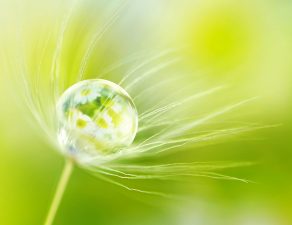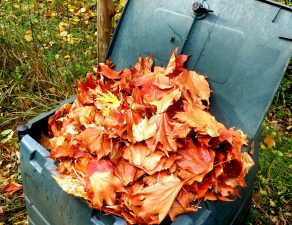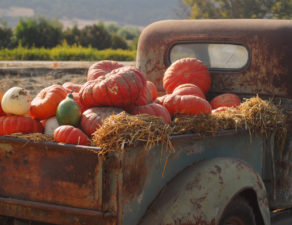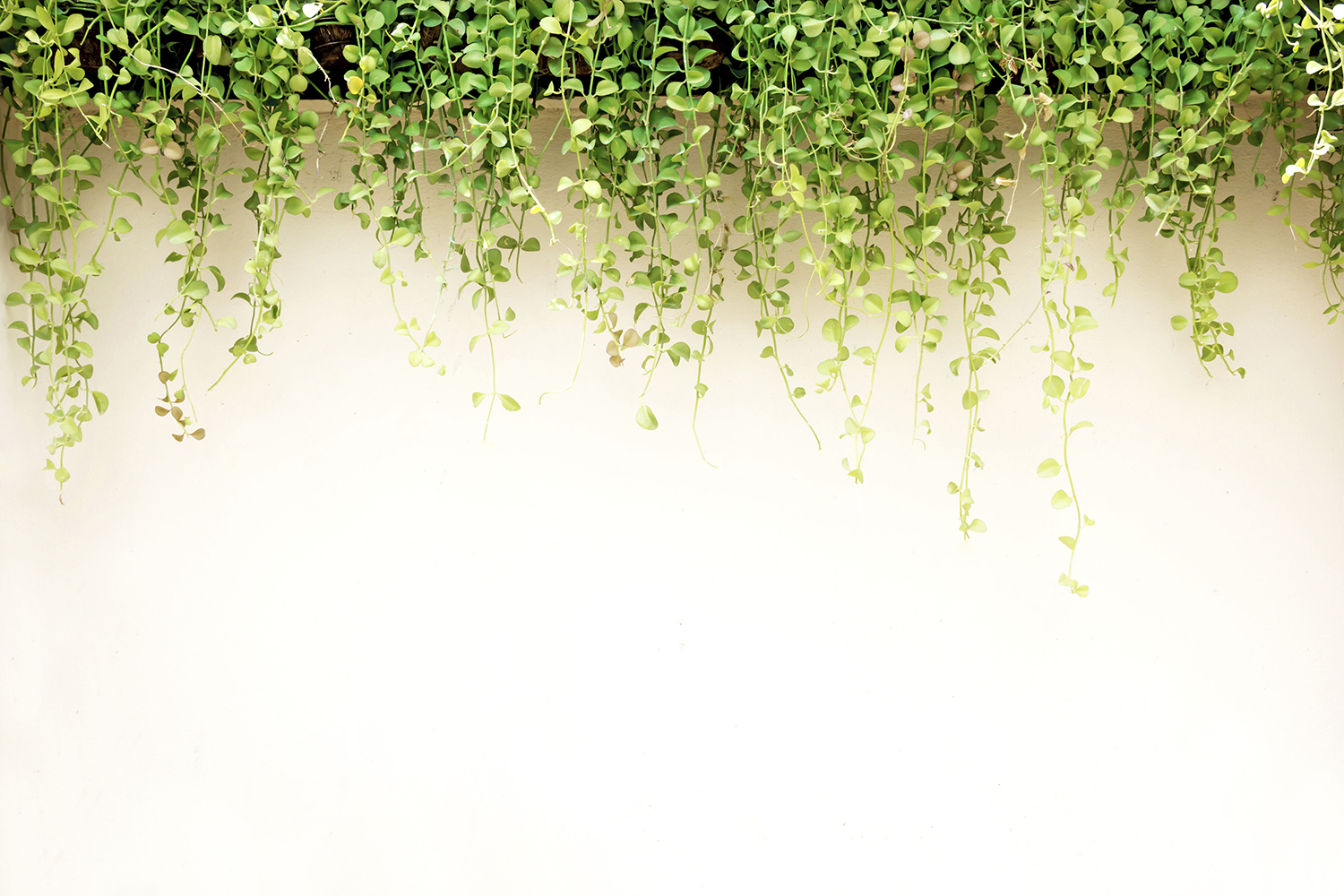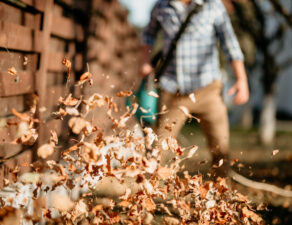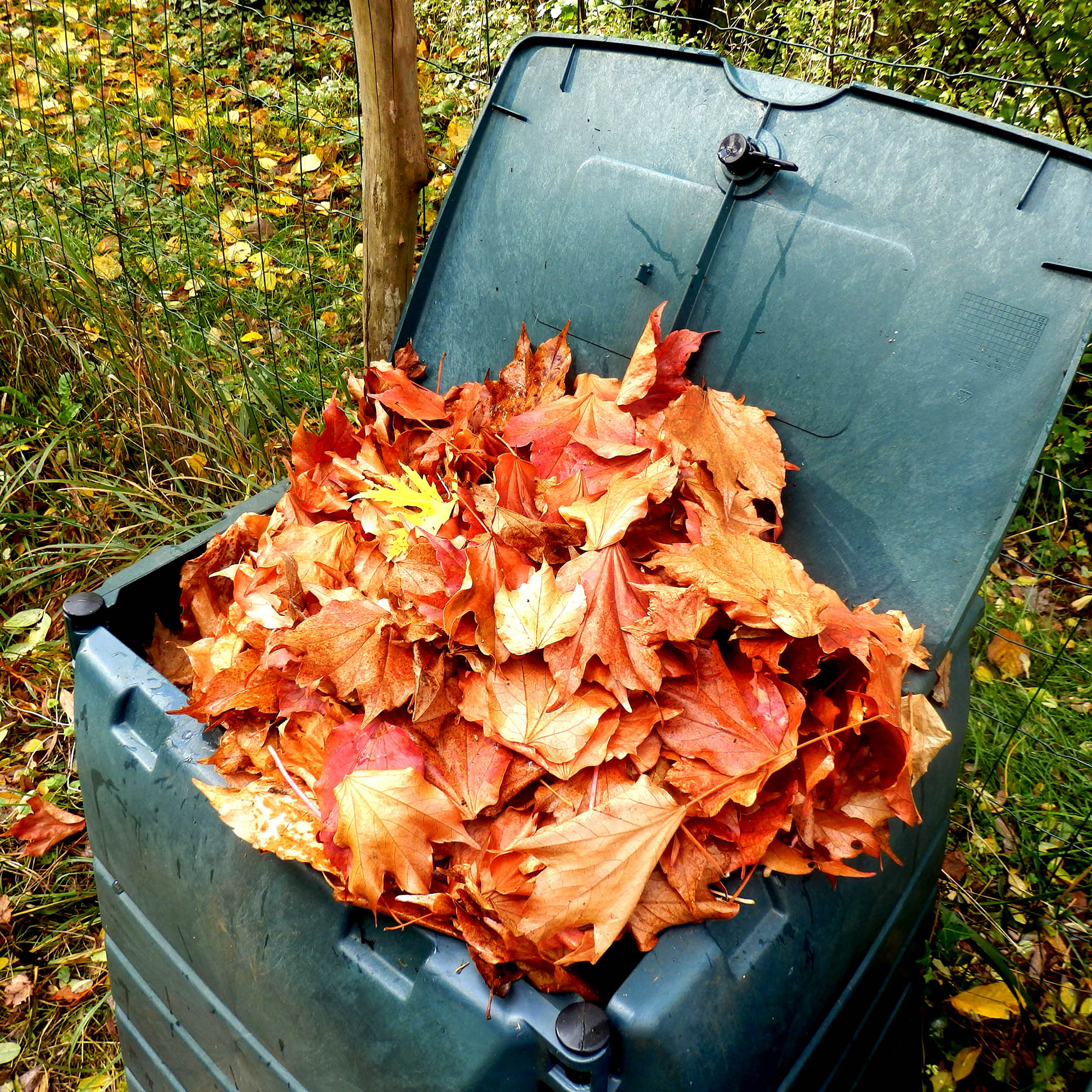
Fall is only just beginning, and spring seems a long way off. So, you’re probably not thinking too much about spring planting! But, we have found that gardeners who tackle these three fall garden tasks find themselves much happier in the spring! In exchange for a little extra work now, you can save yourself hours of labor (and maybe backaches) next March.
Plant a cover crop. Leaving your edible garden beds empty in the winter will lead to nutrient loss over the winter, as well as invading weeds. Planting a cover crop can help to build up the soil and feed your pollinators. And since they won’t require special amendments or a lot of nurturing, cover crops really only require a few minutes of planting time. Try garlic, fava beans, alfalfa, clover, buckwheat, or borage.
Start a compost pile. Why throw food scraps and yard waste into a landfill, when you can create your own rich, nourishing compost at home? As a bonus, you will reduce or even eliminate your need for chemical fertilizers (and save money, too).
Build a large box, use an old garbage can, or simply designate a remote area of your yard to a compost pile. Next, collect “browns” and “greens,” and layer them. “Browns” refers to dead leaves, branches, or twigs, while “greens” refers to grass clippings, vegetables, coffee grounds, and other “wet” plant material. Avoid using weeds or diseased plants, so that you won’t spread unwanted problems into your garden when you use your compost next year.
Next, turn the compost regularly throughout winter to aerate it. The bugs and worms will do the rest of the work for you!
Get your tools ready. You can save this task for winter, when your gardening duties are minimal. Clean your tools thoroughly, then sharpen and oil them. You will do this by mixing a nontoxic oil (such as mineral oil or baby oil) into a bucket of sand, until the sand is just moist. Then plunge the blades of all hand tools, shovels, and pruners into the bucket of sand, in an up-and-down motion. Then, just store your tools somewhere safe and dry until you need them again in the spring.
These fall garden tasks may sound simple (because they are) but the payoff will be well worth it when your spring garden takes off!

